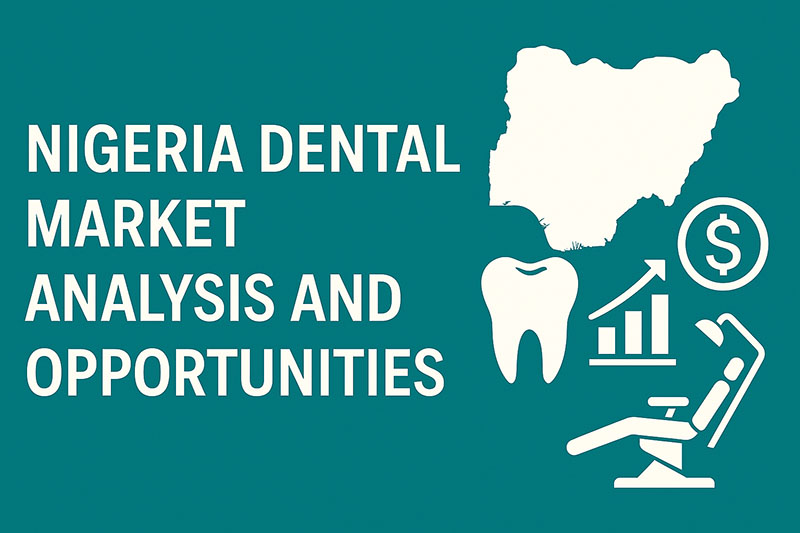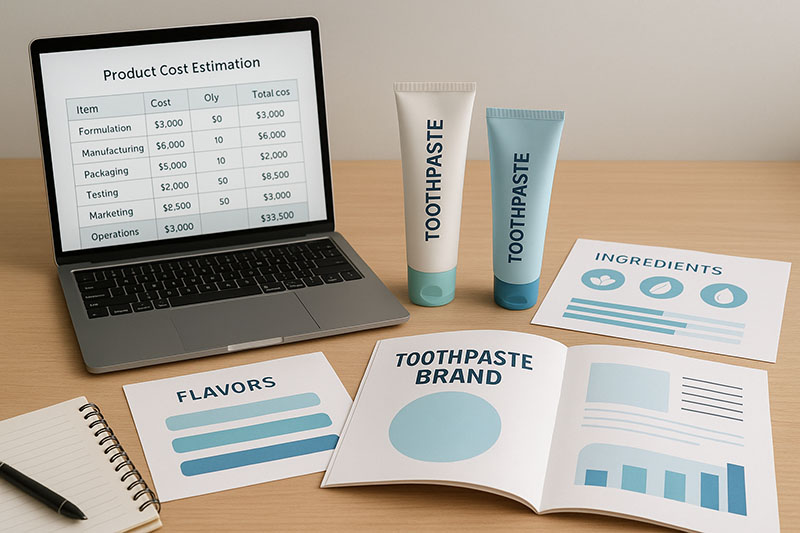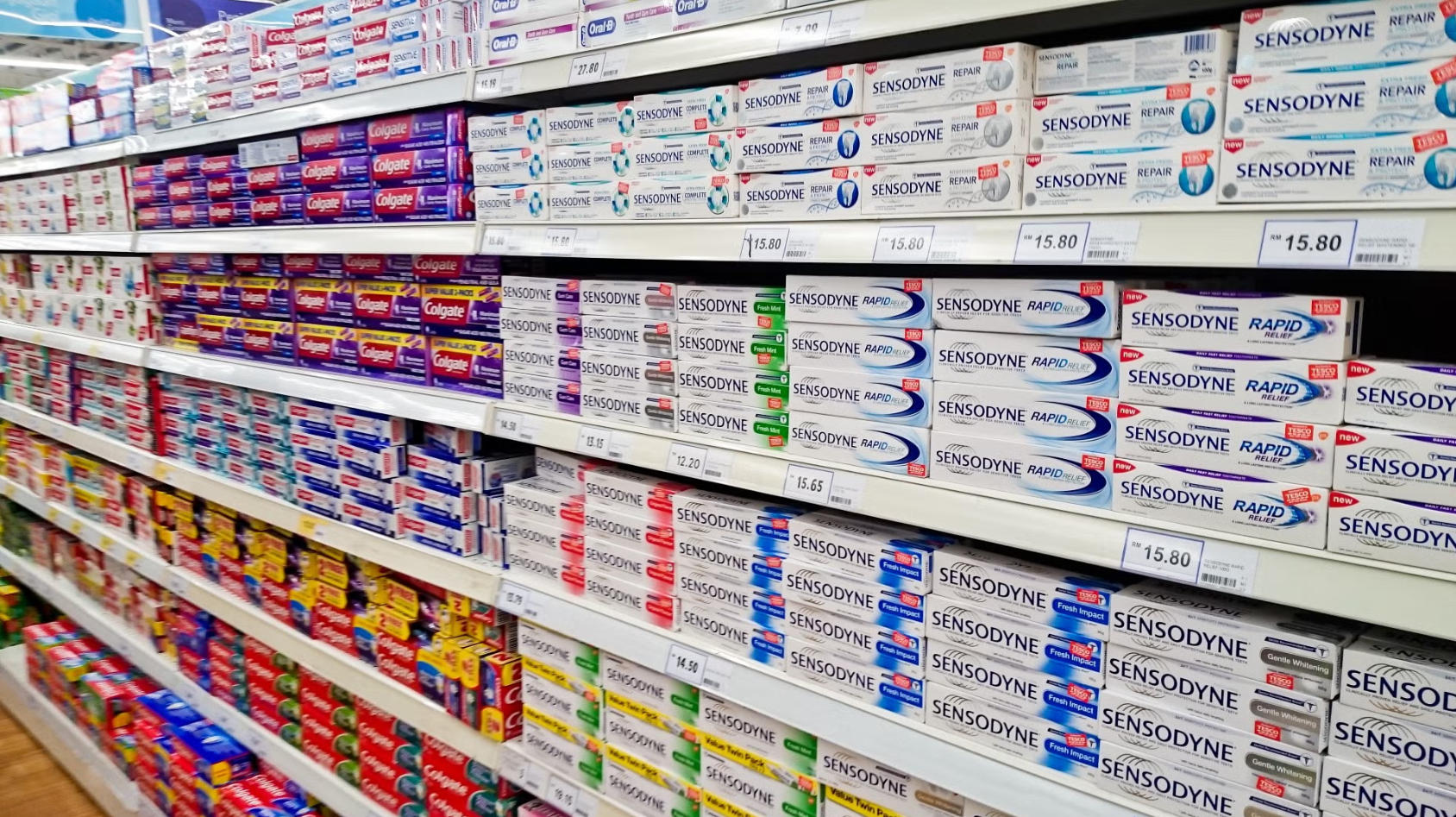Top 5 Teeth Whitening Powder Suppliers in Philippines
If you’ve been scrolling TikTok or Instagram lately, you’ve probably seen Snow Teeth Whitening Powder—aka SNOW’s Magic Whitening Toothpaste Booster—sprinkled over toothpaste for an instant “polished” look. This guide pulls together what it is, how it works, what’s in it, who it’s for (and not for), how to use it correctly, and how it compares with strips, gels, LED kits, and those new purple “color-correcting” powders.
I’m writing from a manufacturer’s perspective (materials, formula logic, and quality practices), with links to credible sources so you can verify claims and set realistic expectations.
What exactly is Snow’s teeth-whitening powder?
SNOW Magic Whitening Toothpaste Booster Powder is a peroxide-free tooth-polishing powder designed to be sprinkled over your regular toothpaste, then brushed as normal. The brand positions it as a gentle, enamel-safe “exfoliant” that lifts surface stains and plaque with physical polishing agents (not chemical bleaching), and it’s fluoride-free and SLS-free. The current formula highlights hydroxyapatite for enamel support, xylitol for oral ecology, and botanical extracts (cocoa/theobromine, eucalyptus, magnolia, blueberry).
TL;DR: It’s a booster for your toothpaste—aimed at surface brightening and smoothness—rather than a deep-bleaching treatment.
Ingredient breakdown
Per SNOW’s product disclosure, typical components include: calcium dihydrogen phosphate, silica, calcium carbonate, sodium bicarbonate (polishing/mineral bases), hydroxyapatite (enamel support), xylitol (supports a tooth-friendly environment), theobroma/cocoa extract, eucalyptus, magnolia, blueberry (botanical antioxidants), menthol, flavor (lavender), and standard preservatives and colors.
Hydroxyapatite (n-HAp). A biomimetic mineral similar to tooth enamel; used to remineralize and reduce sensitivity when incorporated into daily brushing. It does not bleach like peroxide—think surface repair + gloss.
Silica / calcium carbonate / dicalcium phosphate / sodium bicarbonate. Finely milled polishing agents that mechanically remove surface stains. The feel is “micro-polish,” not grit.
Xylitol. A sugar alcohol that’s friendly to teeth and commonly used in oral-care formulations to support plaque control.
Theobromine (from cacao), magnolia, blueberry, eucalyptus. Antioxidant/botanical complex—positioned for gum comfort and freshness; theobromine is often discussed for potential enamel benefits.
Note: An Amazon listing for Snow’s powder shows a broadly similar backbone (mineral polishers, bicarbonate, eucalyptus, menthol, etc.), which is consistent with the brand’s approach of peroxide-free surface polishing rather than chemical bleaching.
How Snow’s powder works
There are two common routes to a brighter smile:
Mechanical polishing of extrinsic stains (coffee, tea, wine, pigments) sitting on the enamel surface. That’s what powders like Snow’s target: the polishers lift surface discoloration so light reflects more evenly.
Chemical bleaching of intrinsic stains (within enamel/dentin) using hydrogen peroxide or carbamide peroxide. That’s the domain of whitening gels, strips, and pro kits. The ADA notes peroxide bleaches are the widely studied actives; temporary sensitivity/gingival irritation can occur.
Snow’s powder = route #1. It can make a nice, smooth, brighter surface—but it will not internally bleach tooth color like a peroxide gel.
What about SNOW’s purple “brightening” powder?
You’ll also see SNOW Purple Brightening Magic Whitening Powder. It adds violet pigments to temporarily neutralize yellow tones (color-correction, like purple shampoo for blond hair) while still using polishing agents and hydroxyapatite. Expect instant visual brightening that rinses away; it’s optical, not permanent bleaching.
Who sees the best results?
Best suited for: People with surface staining from coffee/tea/red wine who want a smoother feel and modest brightening without peroxide. If you’re sensitive to strips or gels, a polishing powder can be a gentler first step.
Less suited for: Deep, intrinsic discoloration; old composite fillings, crowns, or veneers won’t change color (you may polish plaque off them, but only natural enamel bleaches). SNOW itself says whitening won’t change the shade of dental work.
If you want shade-jump bleaching, consider peroxide-based options (strips, trays, pro kits)—ideally dentist-guided if you have sensitivity or complex dental history.
How to use Snow Teeth Whitening Powder (step-by-step)
Brush set-up. Apply your regular toothpaste to the brush head first.
Sprinkle or dip. Sprinkle a small amount of Snow powder on top of the paste, or dip the brush into the powder (the brand suggests pairing with Snow’s toothpaste for best results, but it works with any paste).
Brush thoroughly. Use a soft brush and typical brushing technique.
Rinse well. Rinse to minimize swallowing residual particles.
Frequency. Snow recommends up to once daily but no more than four times per week. If you have sensitive teeth or weakened enamel, talk to your dentist first.
Pro tip: For maximum polish with minimal wear, let the paste + powder do the work—don’t “scrub.” Gentle pressure, correct angles, and time on tooth surfaces beat heavy hand pressure.
Does Snow teeth-whitening powder really work?
Short answer: Yes—for surface brightening and smoothness, when used as directed. Users often report a cleaner feel and a slightly brighter look after a few brushes. Snow markets “visible difference in a week,” which aligns with how polishing compounds work when you’re removing recent stains.
Just set expectations: it’s not in the same category as peroxide bleaching, which oxidizes chromogens inside enamel. If you want a stronger whitening push, consider Snow’s LED kits or strips (peroxide-based) or professional treatments. Independent consumer testing from Good Housekeeping found Snow’s LED kit visibly whitened teeth with low sensitivity for their tester—useful confidence in the brand’s peroxide products, even though it’s a different SKU from the powder.
Safety & sensitivity: what to know
Abrasivity: Polishing powders should be fine-milled and used in moderation. Snow positions its powder as “gentle on enamel,” and caps use at ≤4 times/week. Follow that guidance and use a soft brush.
Peroxide vs. non-peroxide: The ADA notes peroxide whiteners are effective but can cause temporary sensitivity/gingival irritation. A non-peroxide polish can be a “low-sensitivity day-to-day” option.
Dental work: Polishing is fine, but shade change on restorations is unlikely; ask your dentist if you have veneers, large composites, or crowns and want a uniform result.
Snow powder vs. other at-home whitening options
Powder (Snow Magic Booster).
Mechanism: Physical polish + optical smoothing; no bleaching.
Best for: Surface stains, daily/near-daily maintenance, sensitivity-prone users.
Limits: Won’t lift intrinsic stains several shades.
Purple powder (color-corrector).
Mechanism: Violet pigments neutralize yellow (temporary visual effect) + light polish.
Best for: Instant camera-ready brightening; coffee-stain mornings.
Strips, pens, LED kits (peroxide).
Mechanism: Chemical bleaching (hydrogen peroxide/carbamide peroxide).
Pros: Real shade change inside enamel; better for deeper discoloration.
Cons: Possible temporary sensitivity/irritation; requires compliance. ADA overview here.
Professional whitening.
Mechanism: Higher-strength peroxide, light/heat aids in some systems; fast results.
Cost (UK context): Cosmetic whitening is generally private (not NHS), with internal bleaching of a non-vital tooth an exception.
Real-world reviews snapshot
Brand reviews page: Snow curates thousands of reviews with before/afters across its range (strips, kits, powder). Consider these anecdotal but numerous; they’re useful for patterns (e.g., low sensitivity, quick surface brightening).
Independent media on Snow kits: Good Housekeeping editors reported visible shade improvement and low sensitivity with a Snow LED kit (again, not the powder, but relevant to brand trust).
Curious what everyday users say? There’s a lively snow teeth whitening powder reddit discussion—good for unfiltered experiences and tips.
Buying Snow teeth-whitening powder
Official store: Snow Magic Teeth Whitening Powder is the primary source, with current ingredients/FAQs.
Purple option: Snow Purple Brightening Powder if you want instant color-correction.
Amazon: There are Snow teeth whitening powder Amazon listings; always check the seller, reviews, and return policy.
Counterfeits: Snow warns to be wary and to contact them if you suspect fakes; another reason to buy direct.
Prices and bundles change—compare the official site and authorized retailers for value.
Try Lidercare Now!
We Help You Launch New Products, And Continue To Grow. Try Us With 20% Off Your First Order!
How to build a whitening routine that actually works
Daily base: A gentle fluoride or hydroxyapatite toothpaste (your choice) + correct brushing/flossing.
Surface boost (2–4×/week): Snow powder to polish extrinsic stains, or the purple powder if you want an instant tone fix.
Deeper whitening cycle: If you want shade jumps, add a peroxide modality (strips, pen, trays, LED kit) for 1–3 weeks; manage sensitivity with enamel-supportive toothpaste. The ADA’s overview of peroxide bleaching and side-effects is a good primer.
Maintenance: Rinse after coffee/red wine; use a straw for iced dark beverages; touch up with powder or strips as needed.
Dental work check: If you have veneers/crowns, discuss with your dentist to align natural teeth shade with restorations.
Common questions
How long does Snow whitening take to work?
For the powder, most people notice surface brightening within several brushes (think days, not minutes). For LED kits/strips (peroxide), you can see shade changes over 1–3 weeks with consistent use. Independent tests of Snow’s kit found visible results with low sensitivity.
Do teeth-whitening powders actually work?
Yes—for surface stains. They polish; they do not bleach intrinsic color. For deeper whitening, you need peroxide-based products.
What does the Snow white powder do?
It adds fine polishers to your toothpaste and includes hydroxyapatite and xylitol to support enamel and a healthier oral environment. It’s peroxide-free.
How to use Snow teeth-whitening powder?
Sprinkle over your toothpaste or dip the brush, then brush and rinse. Use up to once daily, capped at four times a week.
Do I brush before or after using whitening powder?
You use it with your toothpaste during brushing—no separate step needed.
Can I brush after Snow whitening (kits/strips)?
Yes, but avoid aggressive brushing immediately after peroxide sessions if you’re sensitive; many kits recommend avoiding food/drink for ~30 minutes post-use. (Follow your kit’s instructions; Good Housekeeping notes Snow kit guidance along these lines.)
Is Snow teeth-whitening powder safe? Side effects?
When used as directed (soft brush, ≤4×/week), it’s designed to be gentle on enamel. Any abrasive has a theoretical wear risk if overused; stick to label guidance and consult your dentist if you have thin enamel or recession.
Does baking soda whiten teeth?
Baking soda is a mild abrasive and can help remove surface stains; it does not oxidize intrinsic stains like peroxide gels do. The ADA’s whitening overview explains why peroxide is the bleaching active.
What do dentists recommend for teeth whitening?
Dentists often recommend peroxide-based options for true shade change and remind patients to expect temporary sensitivity; choose reputable products and discuss with your dentist first. Look for the ADA Seal where applicable.
Can yellow teeth become white again?
Often, yes—surface stains respond to polishing; intrinsic discoloration responds to peroxide bleaching. If restorations are mismatched, you may need replacement to match your new shade.
How much is teeth whitening on the NHS (UK)?
Cosmetic whitening is typically private, not NHS; an exception is internal bleaching of a non-vital tooth when clinically indicated. Check with your NHS practice for specifics.
Q&A
Q1. Does Snow Magic Teeth Whitening Powder actually whiten teeth?
It removes surface stains and smooths enamel for a brighter look. For deeper shade change, combine with a peroxide whitener (strips, gel, LED kit).
Q2. Is Snow powder safe for daily use?
Snow says it’s gentle; they recommend ≤4 uses/week. Use a soft brush and normal pressure. If you have sensitivity or thin enamel, consult your dentist first.
Q3. Purple Snow powder vs. regular?
Purple adds color-correcting pigments for an instant optical boost (great before events). The regular powder focuses on polish + hydroxyapatite.
Q4. Can I use Snow powder with any toothpaste?
Yes—sprinkle over any paste and brush as usual; then rinse.
Q5. Will Snow powder whiten crowns or veneers?
You can polish plaque off them, but shade changes on restorations are unlikely.
Q6. What do dentists use to whiten teeth?
Typically hydrogen peroxide or carbamide peroxide formulas—either in-office or in custom trays. Expect possible temporary sensitivity.
Q7. How often should I use Snow whitening powder?
Up to once daily, maximum four times weekly.
Q8. Is it too late to whiten yellow teeth?
No—surface stains respond to polishing; deeper stains usually need peroxide whitening under dentist guidance if you’re unsure.
Further reading
Table of Contents
Awesome! Share to:
Latest Blog Posts
Check out the latest industry trends and take inspiration from our updated blogs, giving you a fresh insight to help boost your business.



